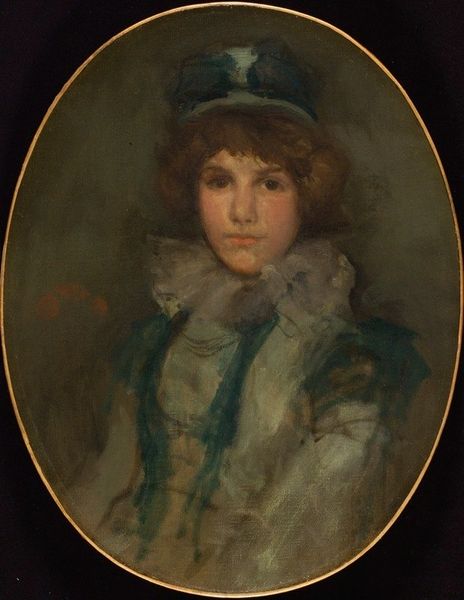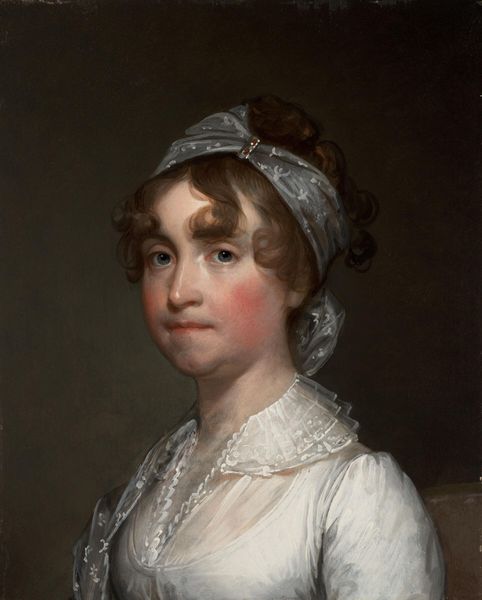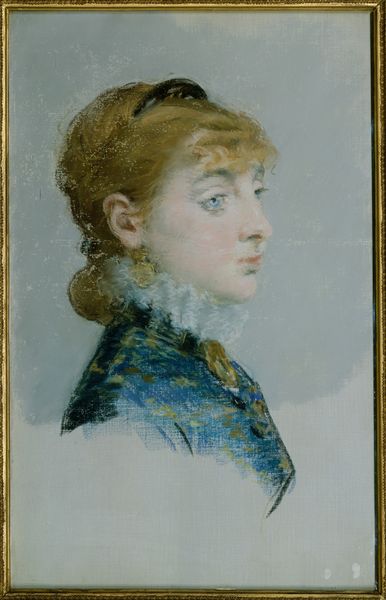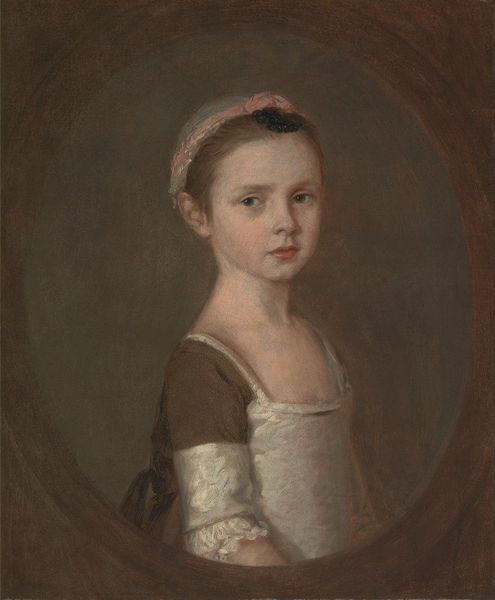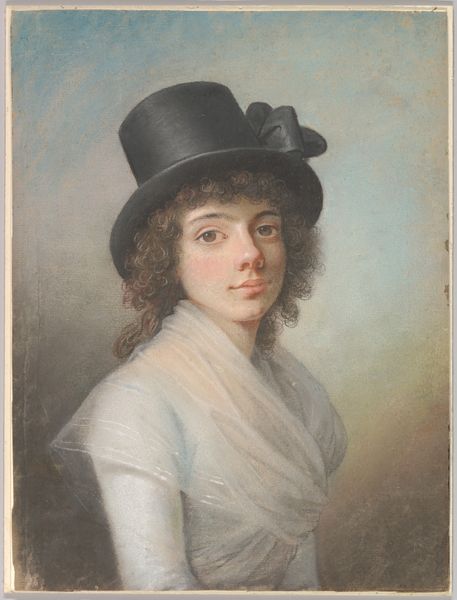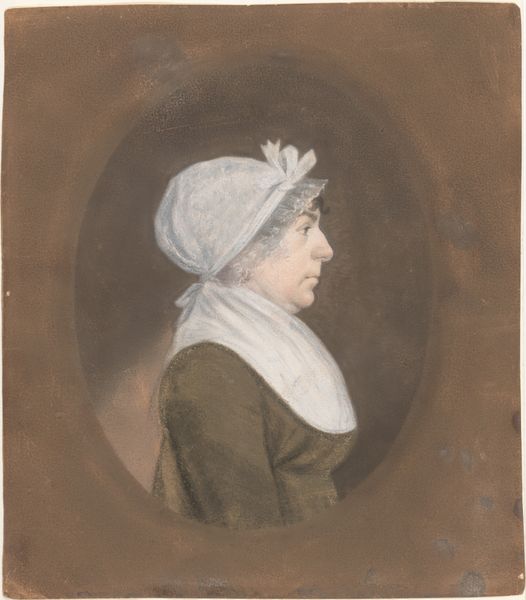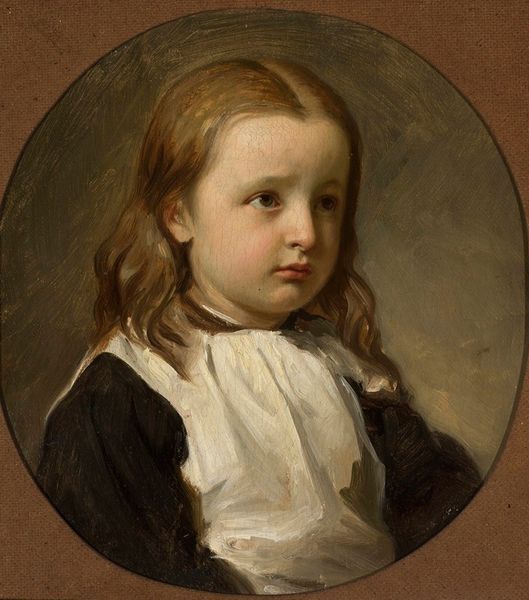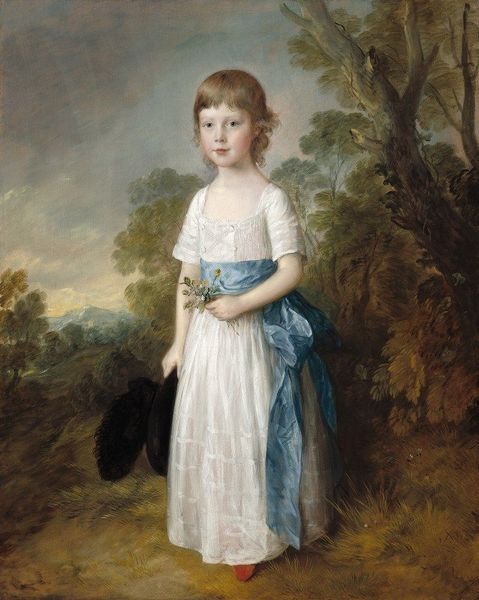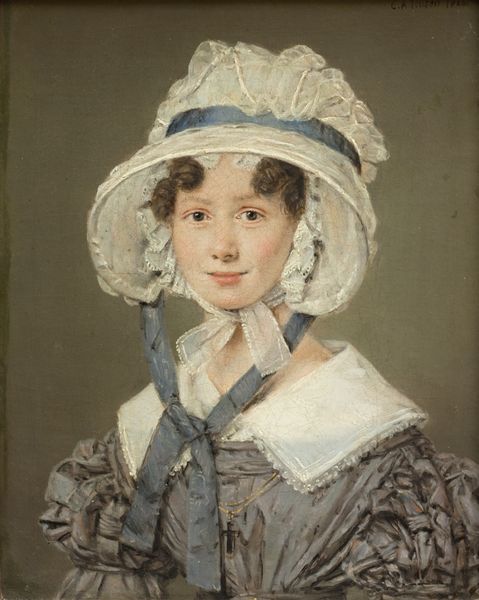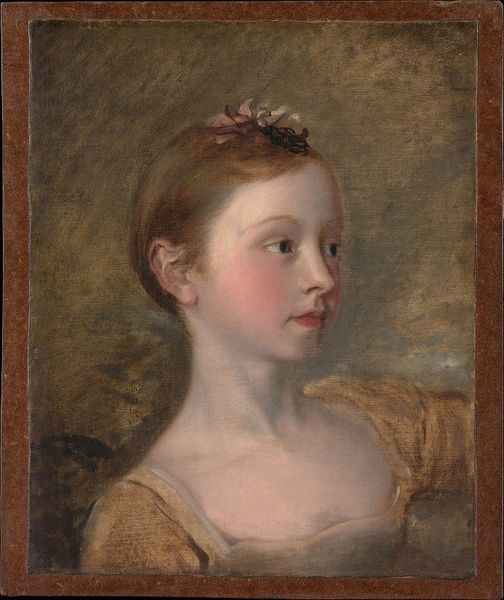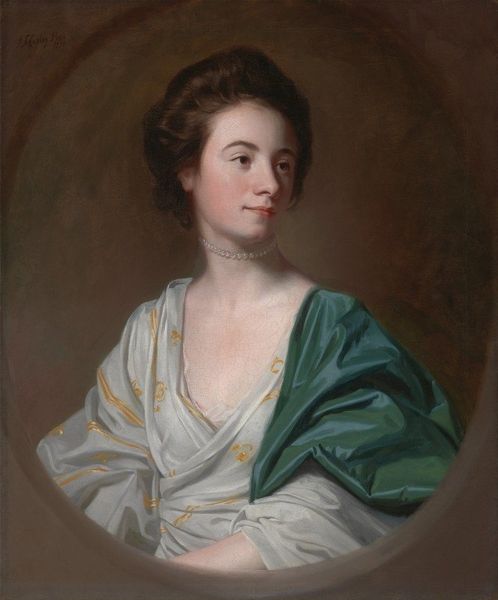
Dimensions: support: 622 x 502 mm
Copyright: CC-BY-NC-ND 4.0 DEED, Photo: Tate
Editor: Here we have Thomas Gainsborough's portrait of Edward Richard Gardiner. The cool palette creates a somewhat detached and melancholic mood. What symbols or meanings do you see embedded within this piece? Curator: The color blue, often associated with melancholy, in the 18th century was also tied to aristocracy. Does the sitter's expression strike you as confident or vulnerable? Editor: I see vulnerability, definitely. Curator: Consider then the performative aspect of portraiture. Gainsborough invites us to contemplate the transient nature of youth and the constructed image of social standing. A subtle tension, wouldn't you agree? Editor: That makes me see a contrast between a staged, ideal portrait and the real boy, and how that resonates even now. Curator: Exactly! The portrait, then, preserves not just a likeness, but also a moment of cultural encoding and individual experience.
Comments
tate 7 months ago
⋮
http://www.tate.org.uk/art/artworks/gainsborough-edward-richard-gardiner-t00727
Join the conversation
Join millions of artists and users on Artera today and experience the ultimate creative platform.
tate 7 months ago
⋮
The boy in this portrait was Gainsborough's nephew, the son of his youngest sister, Susanna Gardiner. A late nineteenth-century source tells us that Gardiner 'was constantly in and out of the studio as a boy of twelve'. He is shown here in 'Van Dyck' costume, a fancy dress version of Cavalier attire which it was then fashionable for portrait sitters to wear. It is the same costume, in fact, that was worn by Jonathan Buttall in Gainsborough's famous full-length portrait known as the 'Blue Boy' (Huntington Art Gallery, San Marino, California). It is thought that the artist painted this portrait of Richard Gardiner 'as a trial of colour' before attempting the 'Blue Boy'. Gallery label, August 2004
